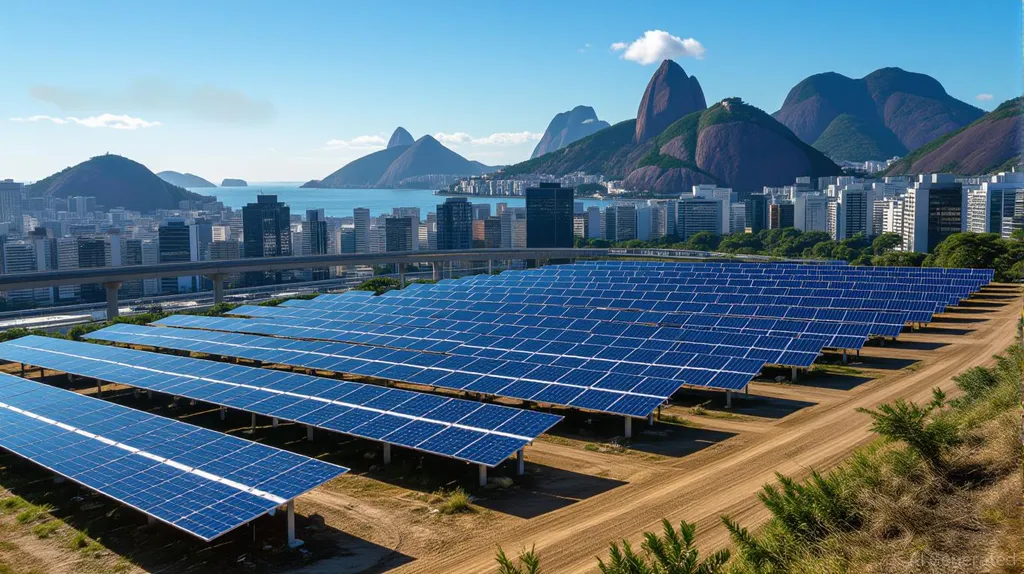Brazil’s forthcoming Tropical Forest Forever Facility (TFFF) presents a significant shift in the approach to tropical forest conservation, with notable implications for the agriculture sector and investors. The facility aims to channel up to $4 billion annually to countries that protect their tropical forests, potentially altering the dynamics of land use and investment in these regions.
For the agriculture sector, the TFFF could introduce new incentives and constraints. On one hand, the fund’s payments could discourage deforestation for agricultural expansion, as countries stand to lose funds if they clear forests. This could be particularly impactful in countries like Indonesia and the Democratic Republic of the Congo, where high deforestation rates currently bar them from receiving funds. On the other hand, the fund’s loose definition of standing forest—requiring only 20% canopy cover—could potentially allow for payments even in areas where industrial logging or agricultural activities are occurring. This could create perverse incentives, with some farmers or agribusinesses potentially benefiting from the fund while continuing activities that degrade forests.
The TFFF also presents new opportunities and risks for investors. The fund’s innovative financial architecture, which aims to attract private investment, could open up new avenues for green investment. However, the project’s proposed financial architecture has been criticized as risky and inherently unfair. Much of the money for forest protection would come from the high interest rates charged on volatile loans to the very countries whose forests it promises to benefit. This could lead to a situation where countries are paying more in interest than they receive in conservation funds, potentially exacerbating debt burdens.
Moreover, the fund’s focus on satellite measurements of forest cover could lead to investments in technologies related to remote sensing and data analysis. It could also spur investments in sustainable agriculture and forestry practices that align with the fund’s goals. However, investors should be aware of the potential risks, including the fund’s loose definition of standing forest and the possibility of political or regulatory changes that could affect the fund’s operations.
In conclusion, the TFFF presents a complex landscape for the agriculture sector and investors. While it offers new opportunities for conservation and green investment, it also poses risks and challenges that will need to be carefully navigated. Stakeholders will need to engage closely with the fund’s development and implementation to ensure that it delivers on its promise of saving the world’s tropical forests while also supporting sustainable agricultural development and responsible investment.

